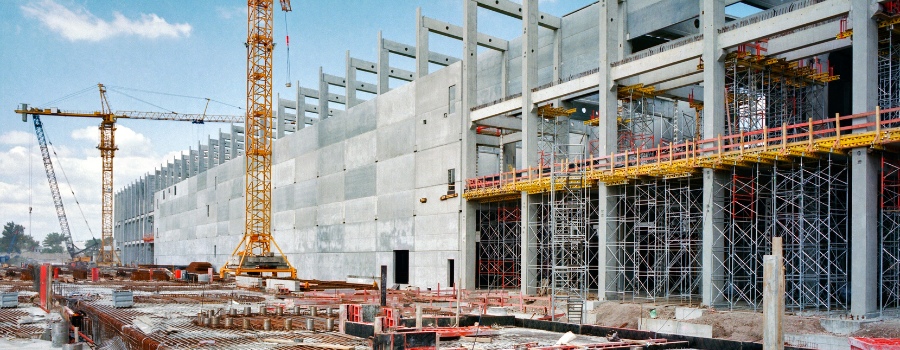
5 Innovative Uses of Ready-Mix Concrete in Architectural Design
Concrete has long been a staple in architectural design, valued for its versatility, strength, and durability. In recent years, architects and designers have pushed the boundaries of traditional concrete applications, exploring innovative ways to incorporate ready-mix concrete into their projects. From sculptural forms to sustainable structures, the use of ready-mix concrete has evolved beyond mere functionality to become a creative medium for artistic expression and engineering ingenuity. In this article, we highlight five innovative uses of ready-mix concrete in architectural design, showcasing how this ubiquitous material is reshaping the built environment.
Sculptural Facades
Traditionally associated with utilitarian structures, concrete is now being used to create visually striking facades that serve as architectural focal points. Ready-mix concrete's plasticity allows for intricate molding and shaping, enabling designers to craft sculptural elements that captivate the eye and enhance the building's aesthetic appeal. From undulating forms to geometric patterns, sculptural concrete facades add depth and texture to architectural compositions, transforming buildings into works of art.
Thin-shell Structures
Advancements in concrete technology have led to the development of ultra-high-performance concrete (UHPC), a material prized for its exceptional strength and durability. UHPC's superior mechanical properties make it ideal for constructing thin-shell structures, such as roofs, domes, and canopies, with minimal material thickness. Ready-mix concrete's ease of placement and formability allow architects to create lightweight yet robust structures that defy conventional design constraints, opening up new possibilities for architectural expression and structural innovation.
Prefabricated Modules
Ready-mix concrete's versatility and consistency make it well-suited for prefabrication, a construction method that involves manufacturing building components off-site and assembling them on-site. Prefabricated concrete modules, such as wall panels, beams, and columns, offer numerous benefits, including accelerated construction timelines, improved quality control, and reduced waste. Architects are increasingly incorporating prefabricated concrete elements into their designs, leveraging the material's strength and durability to create modular buildings that are both efficient and aesthetically pleasing.
Transparent Concrete
One of the most intriguing developments in concrete technology is the emergence of transparent concrete, also known as translucent concrete or light-transmitting concrete. Comprising optical fibers or embedded glass elements within a concrete matrix, transparent concrete allows light to pass through while maintaining structural integrity. Architects are exploring the use of transparent concrete in facades, partitions, and decorative features, harnessing its unique properties to create luminous spaces that blur the boundaries between indoor and outdoor environments.
Self-healing Concrete
Innovations in concrete chemistry have led to the development of self-healing concrete, a groundbreaking material capable of repairing cracks and imperfections autonomously. By incorporating microorganisms, encapsulated healing agents, or shape-memory polymers into the concrete mixture, engineers can activate self-repair mechanisms in response to damage or deterioration. Self-healing concrete has significant implications for architectural design, offering enhanced durability, longevity, and sustainability for concrete structures in harsh environments.
Conclusion
The innovative use of ready-mix concrete in architectural design is transforming the way we perceive and interact with the built environment. From sculptural facades to self-healing structures, architects are leveraging the material's inherent properties and embracing new technologies to push the boundaries of what is possible in design and construction. As the demand for sustainable, resilient, and aesthetically compelling architecture continues to grow, ready-mix concrete will undoubtedly remain a cornerstone of architectural innovation, shaping the skylines of tomorrow with creativity, ingenuity, and vision.
For more details on ready-mix concrete, connect with the team!